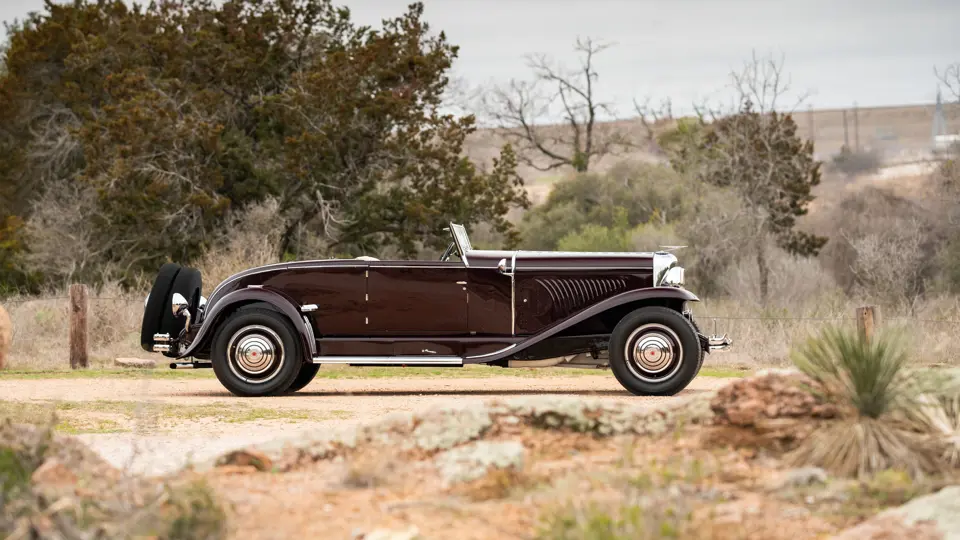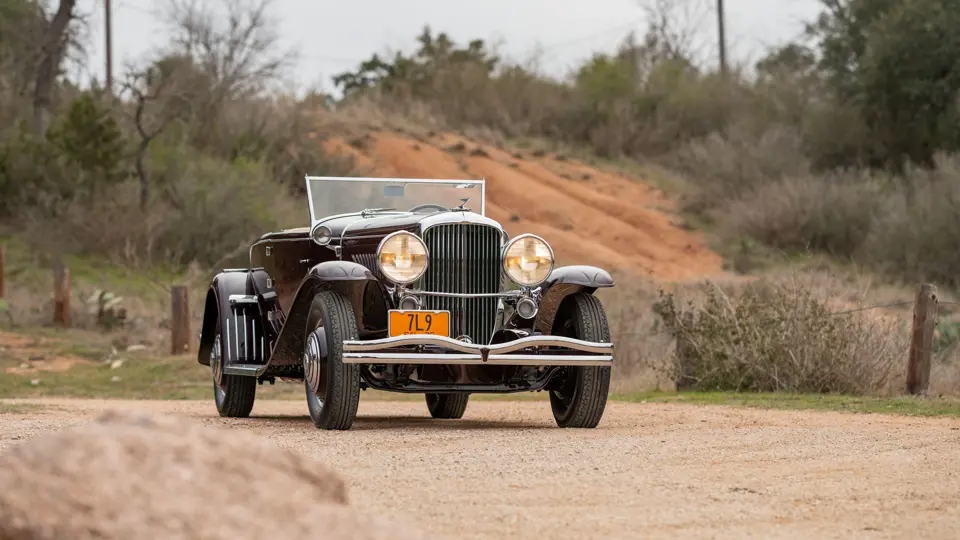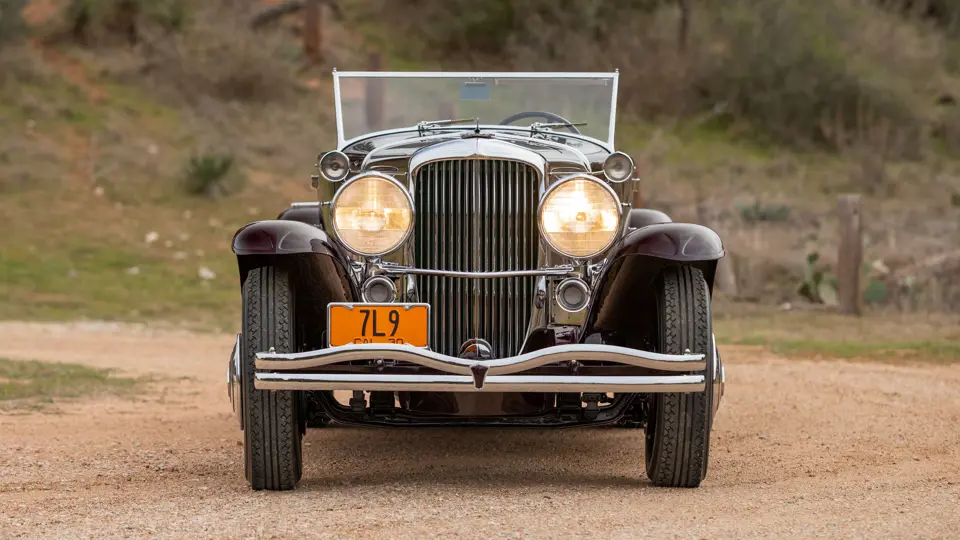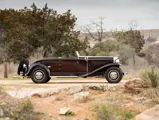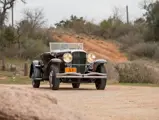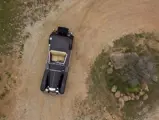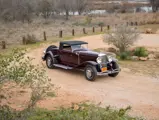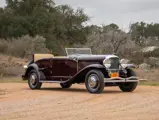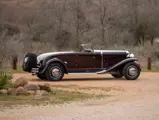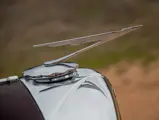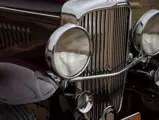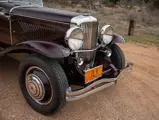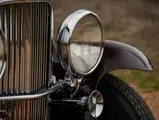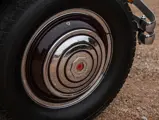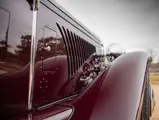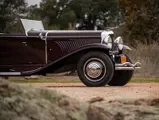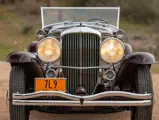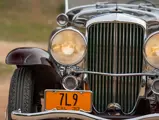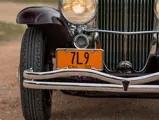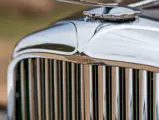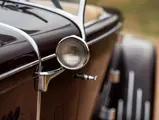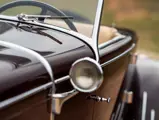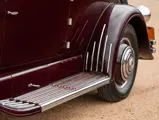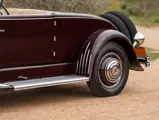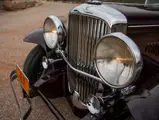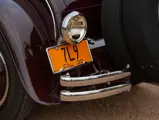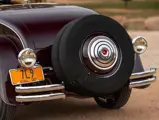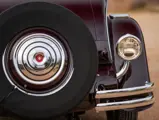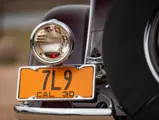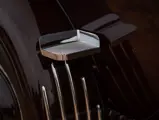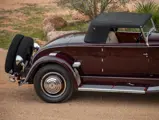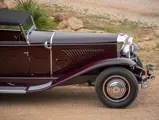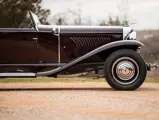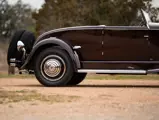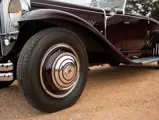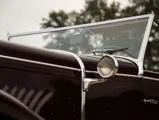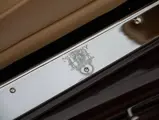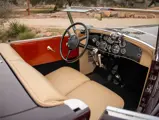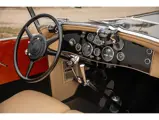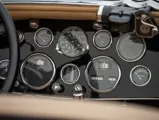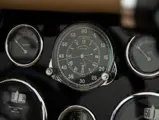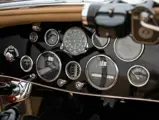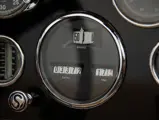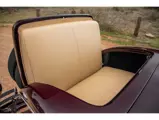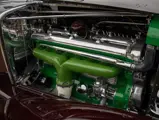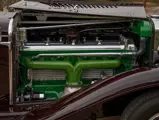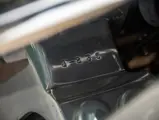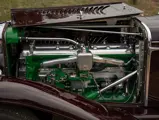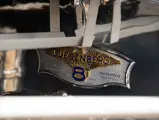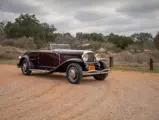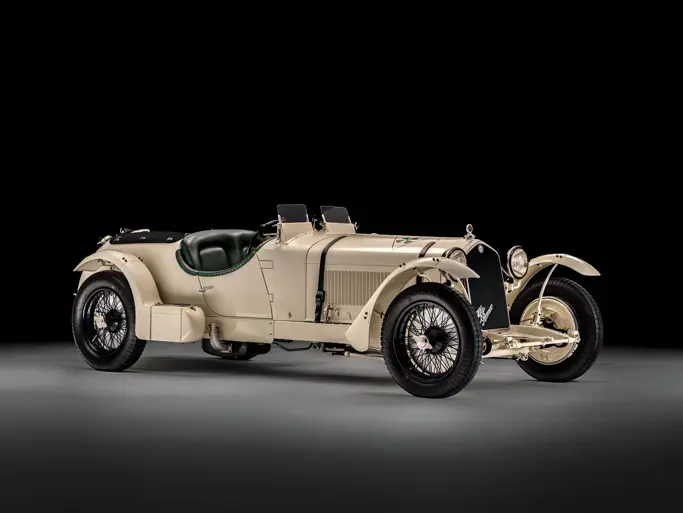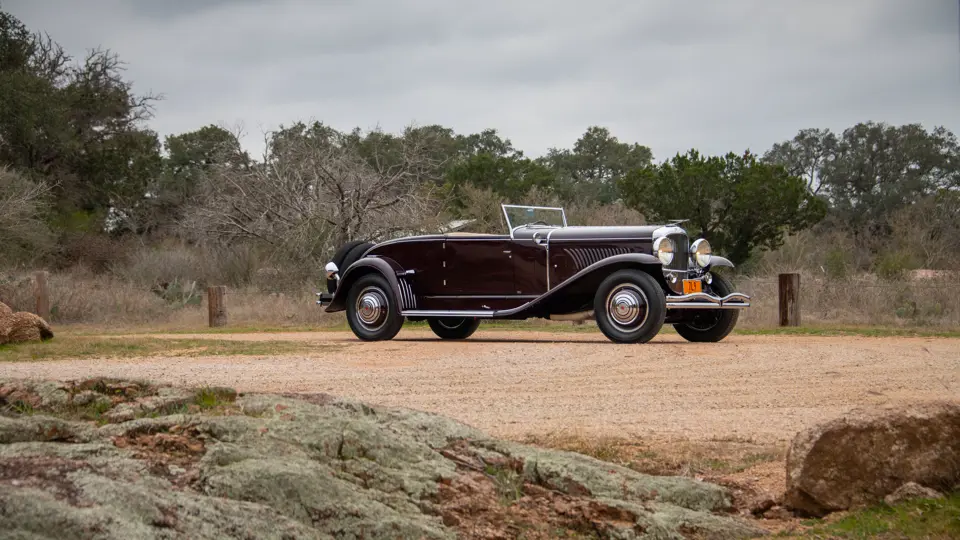
1930 Duesenberg Model J 'Disappearing Top' Convertible Coupe by Murphy
{{lr.item.text}}
$3,855,000 USD | Sold
{{bidding.lot.reserveStatusFormatted}}
- Perhaps the most sought-after Duesenberg body style on the market today
- One of two surviving “Disappearing Top” examples with original rear-mounted spares
- The final full restoration of a Model J by renowned marque specialists Randy Ema, Inc.
- Auburn Cord Duesenberg (ACD) Club Certified (D-078)
- Unshown in current ownership; essentially concours-ready for a new owner
THE HAMMOND DUESENBERG
Chassis number 2369 was ordered from the Duesenberg factory in late 1929 as a chassis by Esther Fiske Hammond. Granddaughter of the head of the famed New England department store chain, Jordan Marsh, she divorced her equally wealthy husband, another Boston retail scion, in 1910 and moved to Santa Barbara, California, where, working through her brother as a straw man of sorts, she bought up considerable tracts of seaside land in what is today Montecito. When not residing at her own palatial estate in the area, where she threw numerous decadent parties, she would occasionally travel to her second home, neighboring the Wrigley Mansion in Pasadena.
She was a woman one would like to have met—the kind who at age 62 must have seen one of the new Model Js, perhaps bodied by Pasadena’s own Walter M. Murphy Company, and thus in late 1929 ordered a chassis from the Duesenberg factory and had Murphy fashion it in an appropriately sporting mien. Not just a “Disappearing Top” Convertible Coupe, one of about 25 produced, Mrs. Hammond’s car was originally built by Murphy with dual rear-mounted spares, rather than the much more common “sidemounts.” This provided an exceptionally clean look and emphasized the hoodline and, of course, the fabulous engine beneath.
Following its completion, the Duesenberg is said to have been driven by Mrs. Hammond between the homes in Montecito and Pasadena on a regular basis. She retained it until 1934, when it was sold to her neighbor Margorie “Jorie” Butler, heiress to the Butler Paper Company. After a year, Mrs. Butler sold the car to her chauffeur’s son, John Foray, for $500 as a favor to his father for his faithful service.
Foray sold the car in 1938 to prolific Windy City Duesenberg trader, John Troka, in what is believed to have been Mr. Troka’s first acquisition of a Model J. Mr. Troka sold the car to Ken Griffen, a Duesenberg enthusiast in Chicago, from whom it was acquired in 1953 Charles Allen, a prominent local radio announcer. In Mr. Allen’s ownership the original engine, J-351, was removed and lost to history, while J-235 was installed in its place as it remains today with both its original numbered bell housing and crankshaft.
In 1955 the Model J was acquired from Mr. Allen by Paul Birthesel, who would hold on to it for two decades. In 1974 began a rapid period in which the car would change hands multiple times through the good offices of pioneering vintage automobile dealers and prolific collaborators, Leo Gephart and “Friendly Bob” Adams. Mr. Gephart would eventually oversee a restoration of the car, after which it was advertised for sale in 1978 noting it to have been “a good original and complete car before recent ground up restoration…Handles great, goes like a bomb.”
In this form, the Duesenberg was purchased in 1979 by Richard Burdick of San Marcos, Texas, a well-known Lone Star State entrepreneur and philanthropist, as one of the earliest but most prominent acquisitions for the Central Texas Museum of Automotive History that he would open in the small town of Rosanky. While Certified in Mr. Burdick’s ownership by the Auburn Cord Duesenberg Club, the Model J was exhibited in the museum for almost 40 years, very seldom leaving the premises and as a result almost “hidden in plain sight” from modern enthusiasts.
A MAGNIFICENT RESTORATION
Finally, with the Burdick collection’s dispersal, the car was purchased in August 2017 by Paul Petrovich of Sacramento, California. An avowed Auburn-Cord-Duesenberg enthusiast, Mr. Petrovich brought the car immediately to Randy Ema, Inc., of Orange, California. Mr. Ema is a name that requires no introduction in the Duesenberg space, having been the foremost chronicler of the history of the cars, those who built them, and those who drive them for over 40 years. During that time his shop restored numerous of the most pristine examples.
The Hammond Duesenberg was fated to be the last Duesenberg completed by Randy Ema, Inc., before its namesake’s retirement. Worthy of a final statement, it was a complete nut-and-bolt, ground-up, body-off job, with every mechanical component professionally rebuilt to the highest standards using numerous NOS parts and other pieces perfectly recreated from original factory blueprints in Mr. Ema’s extensive collection.
It was during this work that Mr. Ema discovered the crudely made wheel wells added to the front fenders in the prior restoration and realized that it had originally been built with rear-mounted spares—a configuration to which the car was now happily returned. This utilized, amazingly, the original dual rear-mount spare hub for this car, which Mr. Ema had fortuitously recognized and bought at a swap meet 30 years earlier, preserving it for the day when it would be needed.
With restoration at last completed in August 2019, the car was a double award-winner in its debut at the famed Pebble Beach Concours d’Elegance, winning First in Class and the CCCA Trophy as the finest Classic present. It went on to be judged First in Class and Best of Show at the Ironstone Concours in September 2019. Mr. Petrovich then elected to pass the Duesenberg on to a new caretaker, and for the past several years it has resided in another prominent collection in the American West, with its restoration preserved in essentially fresh, concours-quality condition throughout and ready for continued concours opportunities.
It is that point which should be emphasized: the Hammond Duesenberg has been shown only twice since its completion, and thus has a very large world open to it, while already being superbly restored by some of the finest craftsmen in the Duesenberg world. It is a turnkey “Disappearing Top Murphy,” one of the greatest creations on the Model J, with its dual rear spares being simply the gilding on the lily.


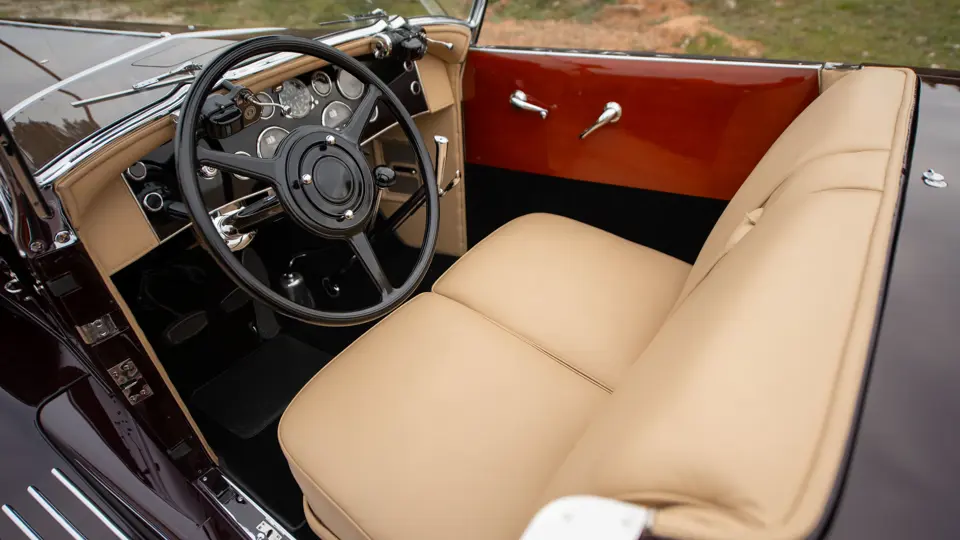

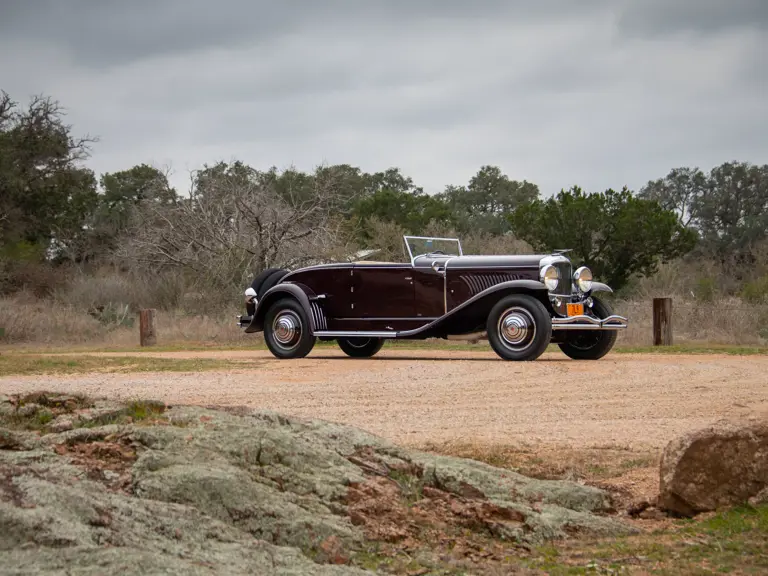
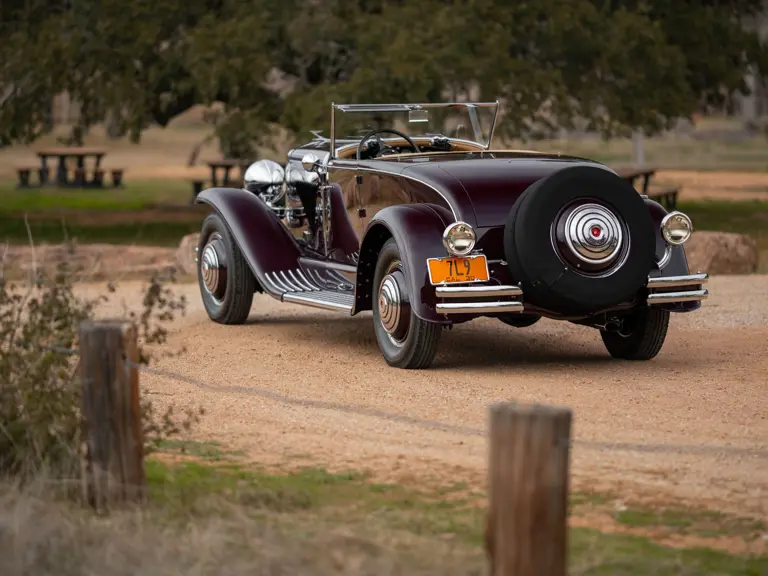
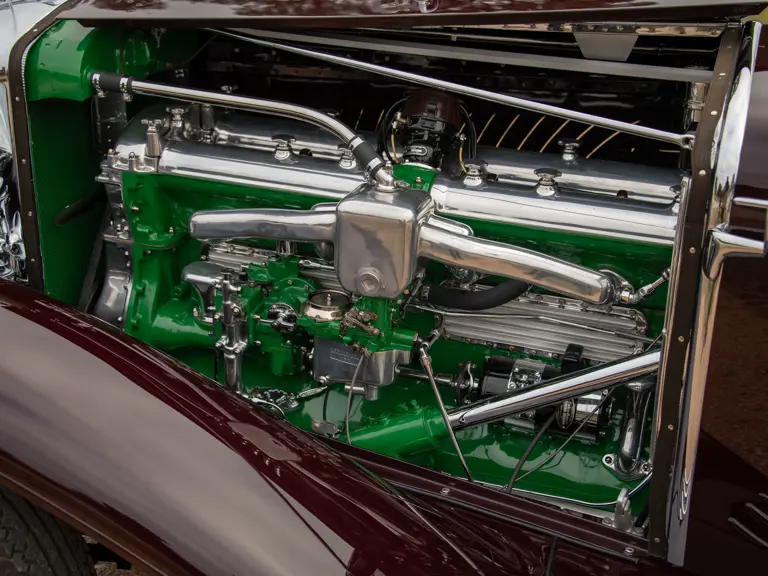
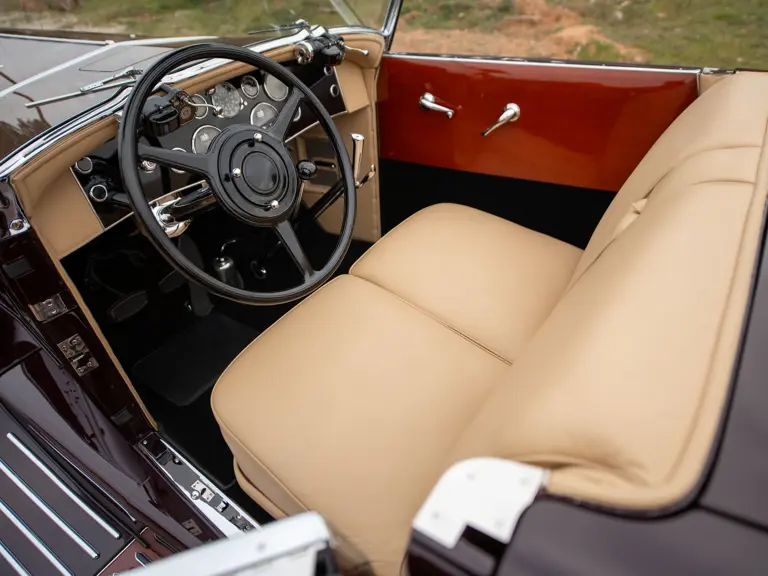

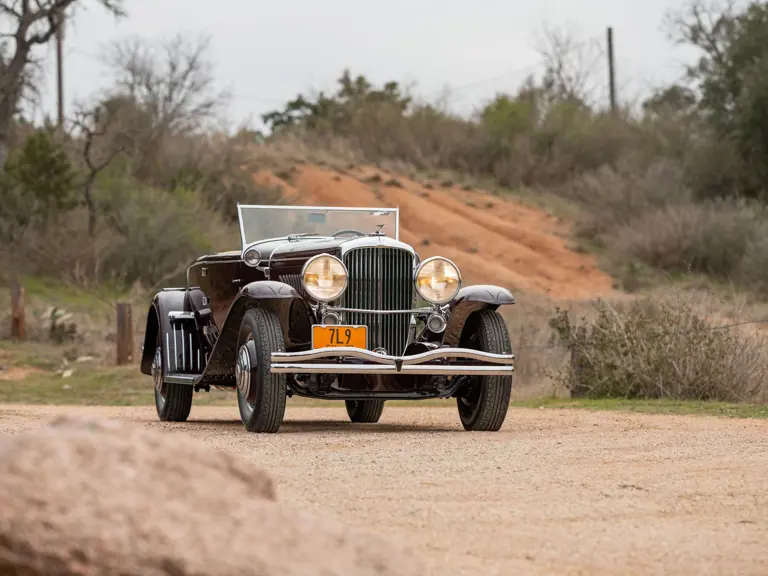
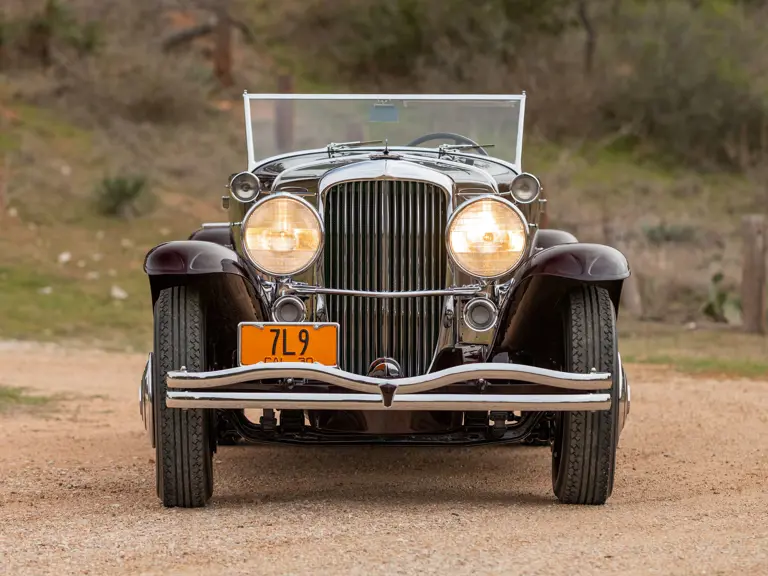
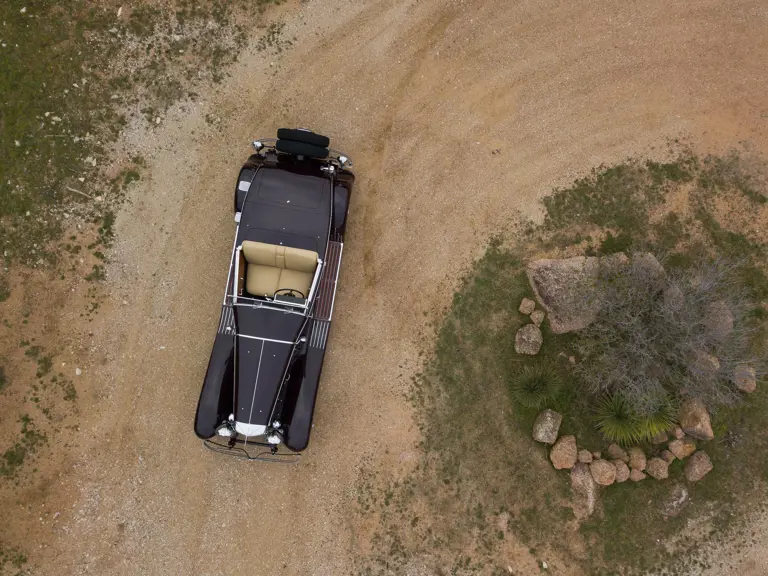

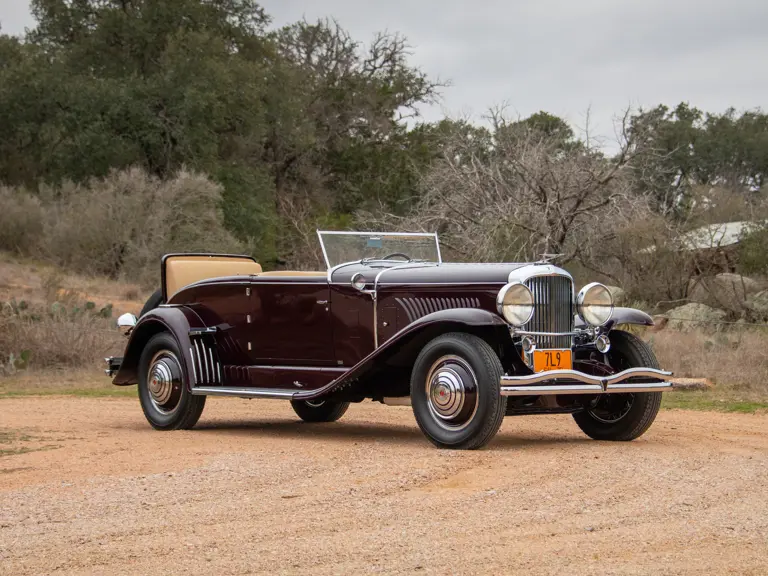
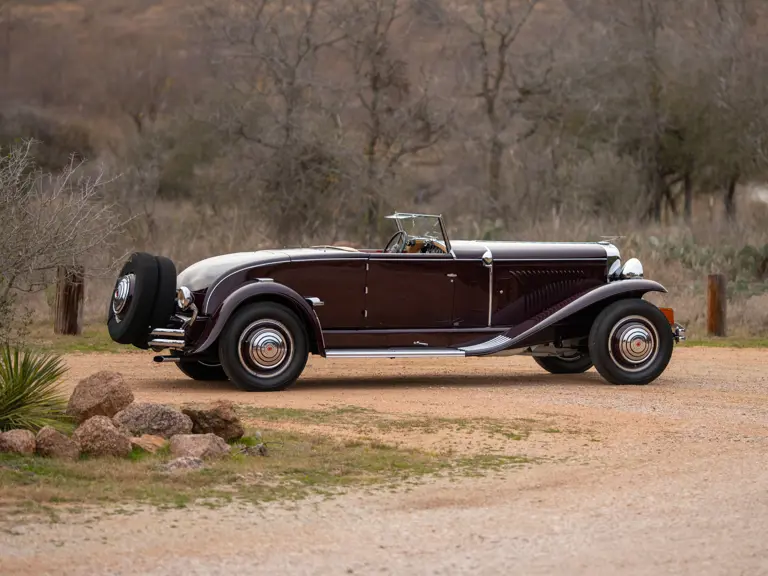
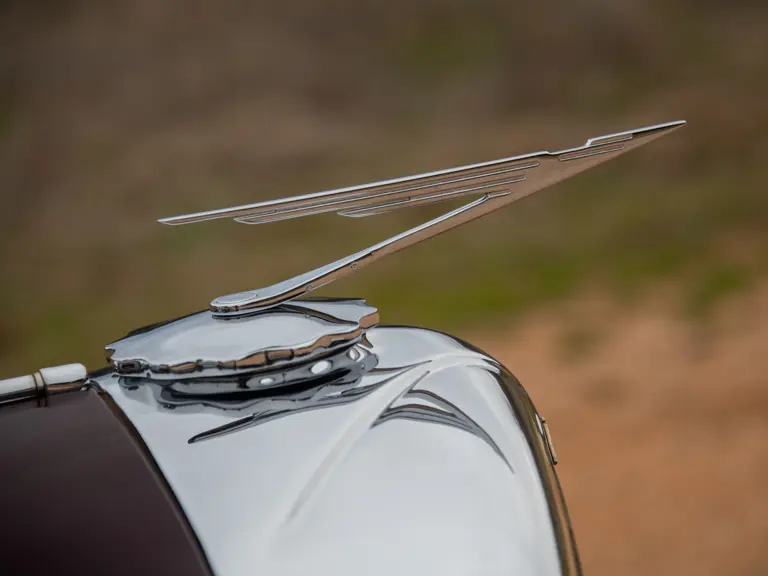

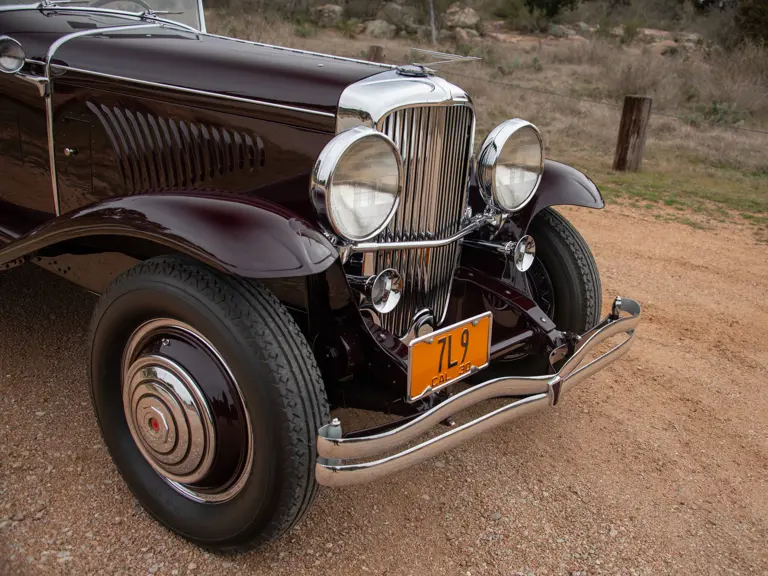

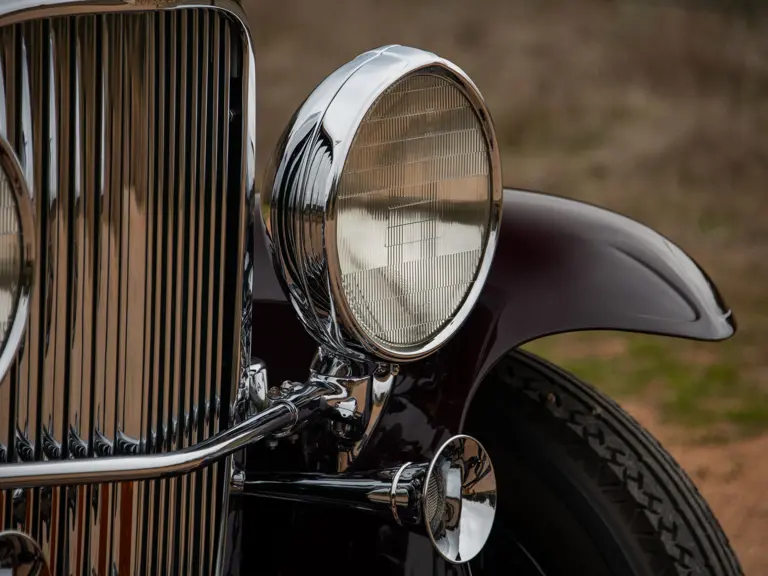
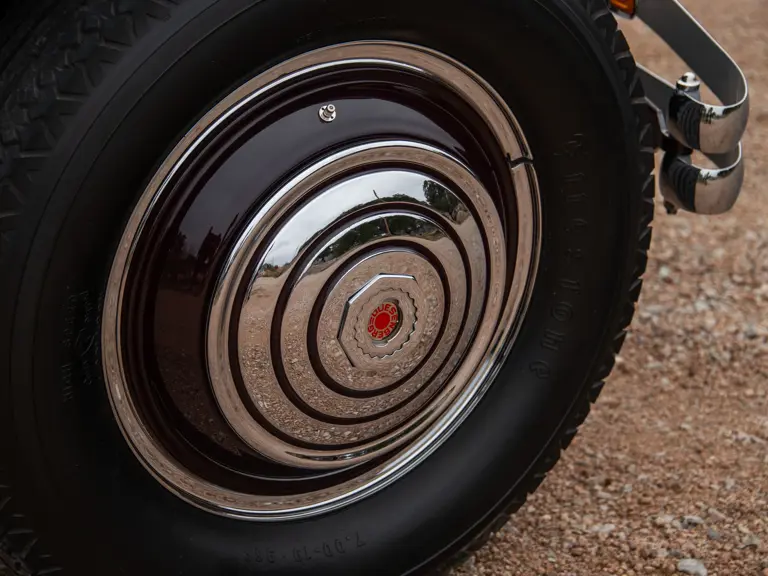
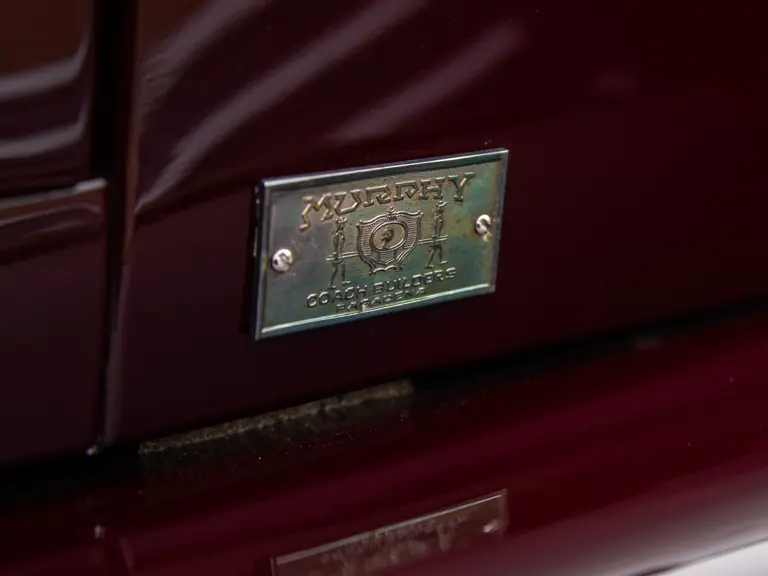

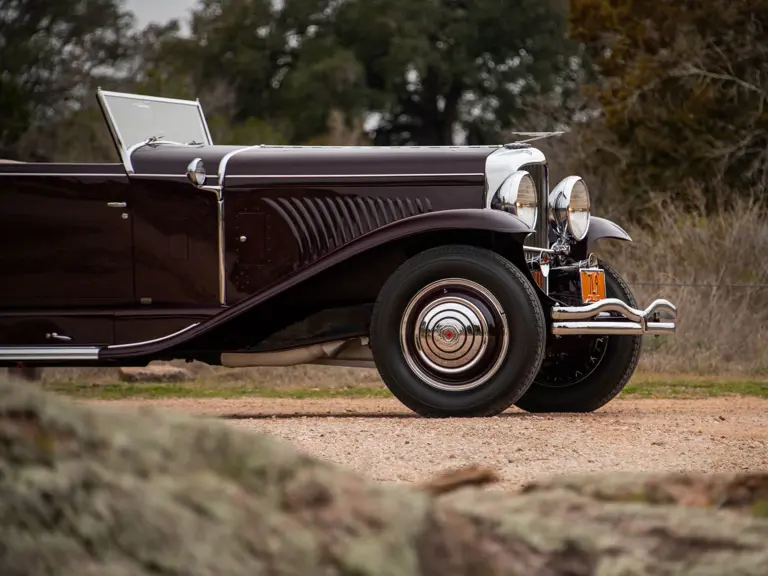
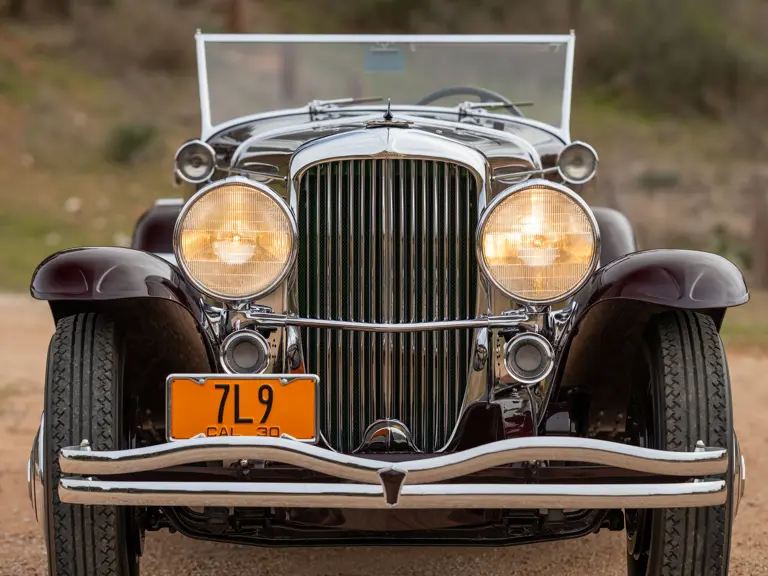
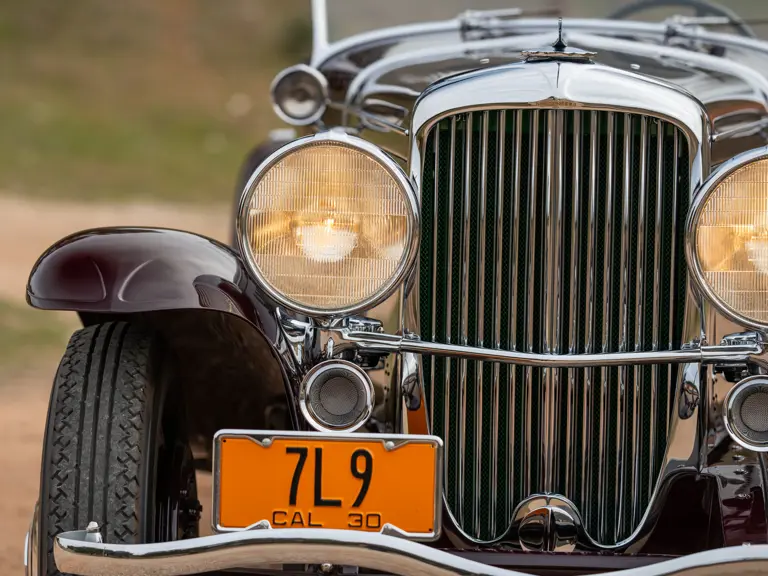

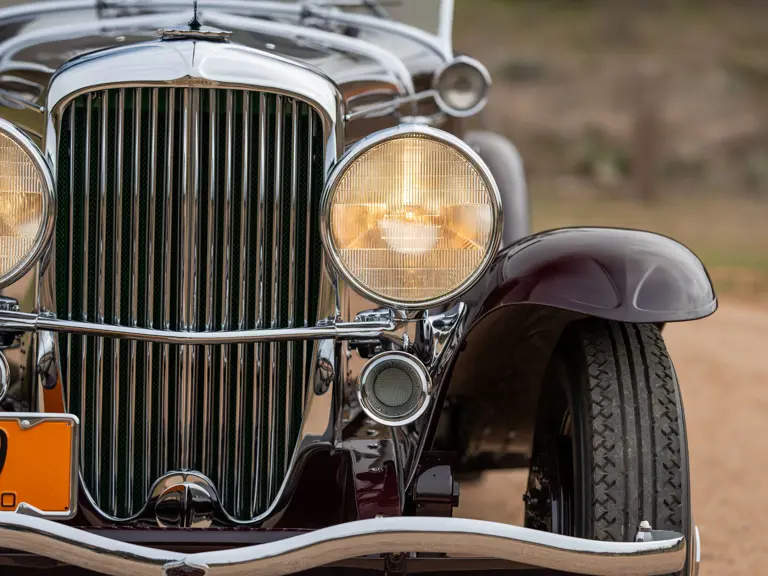
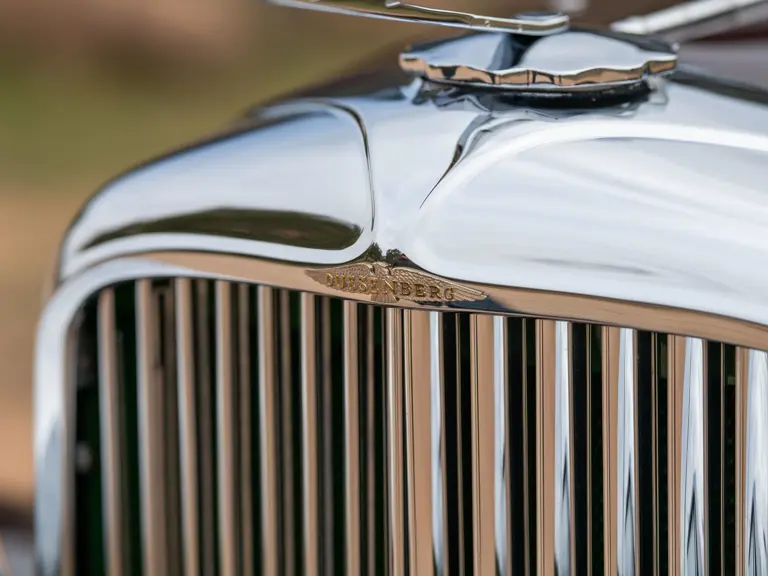
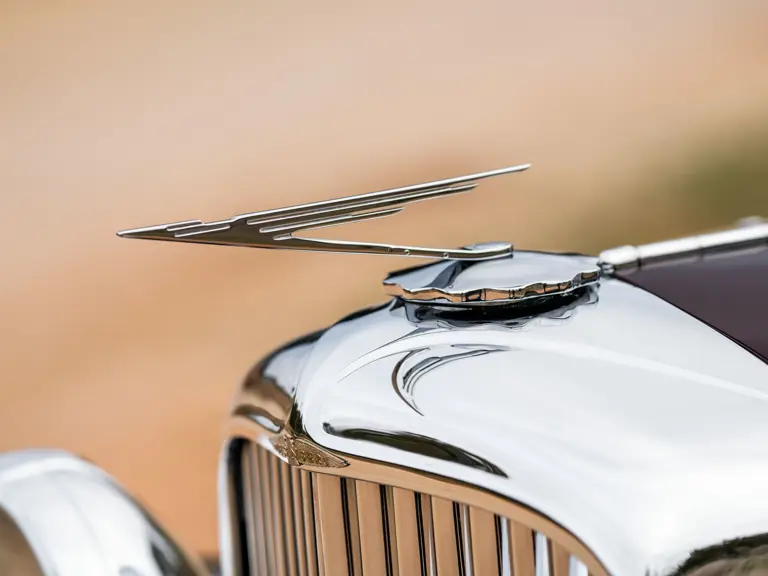
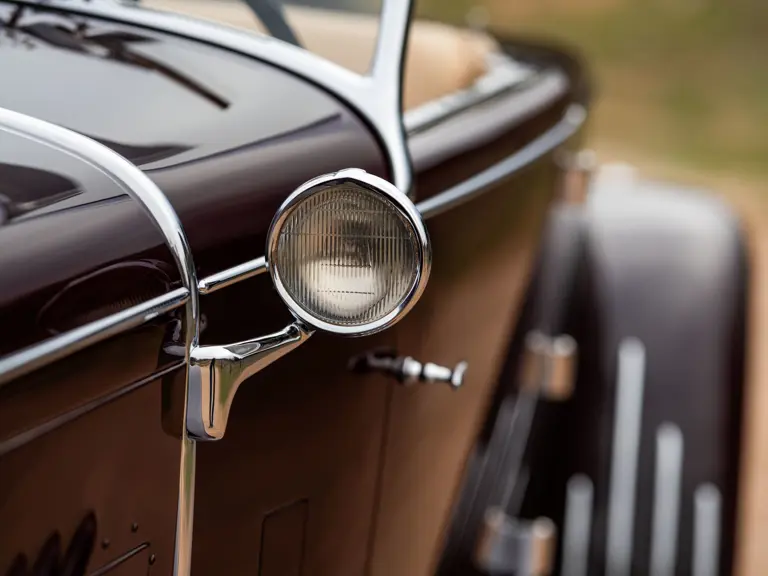
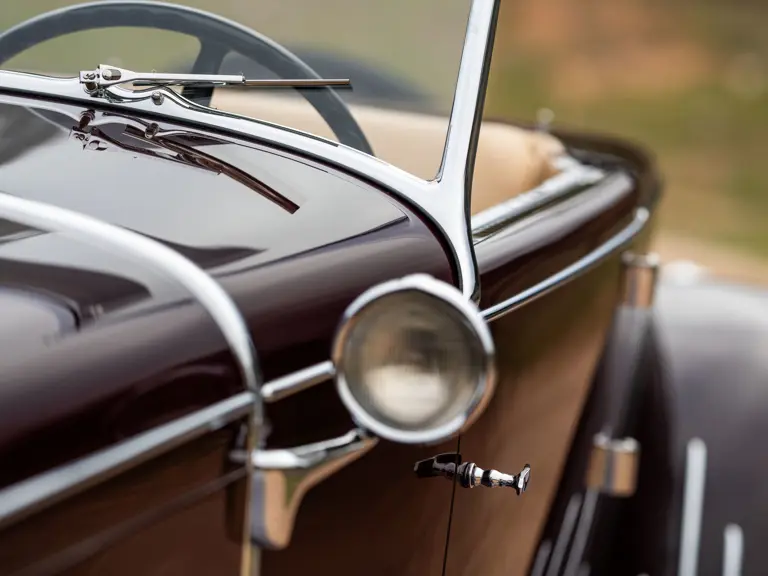
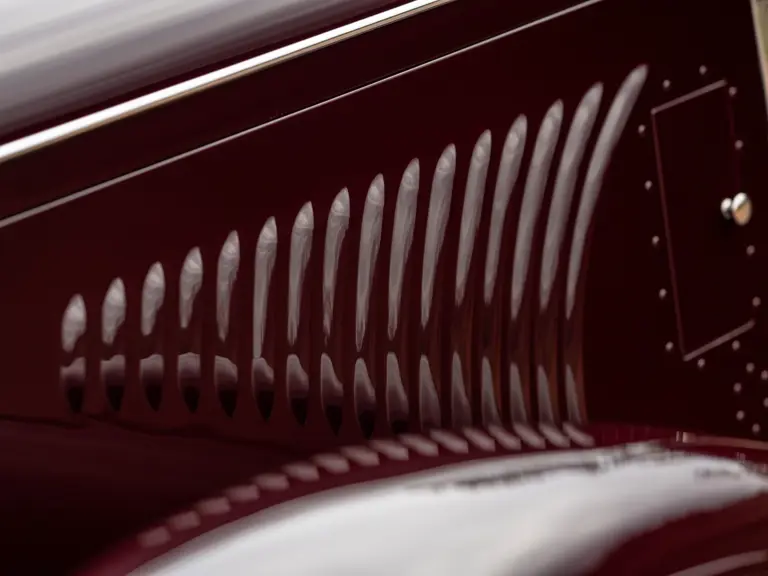
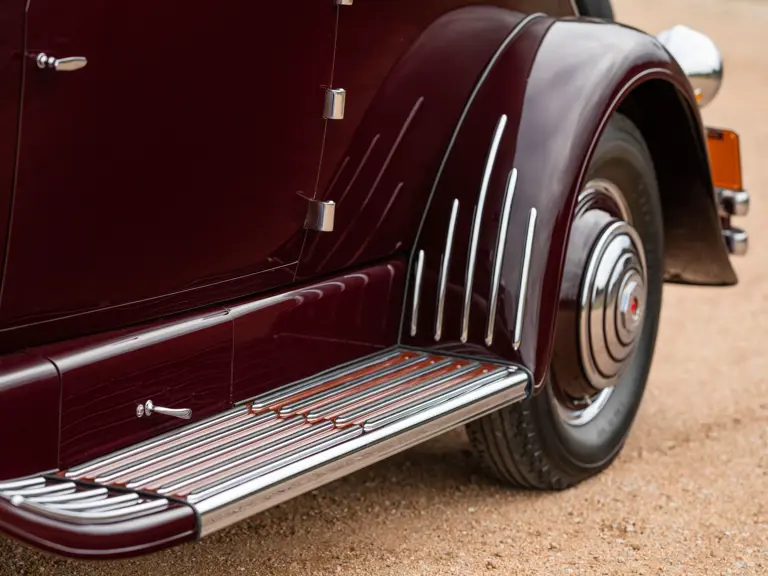
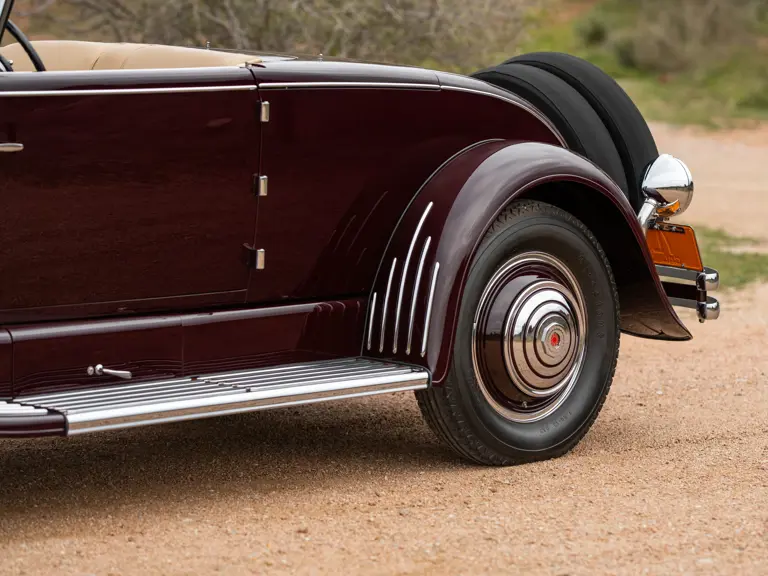

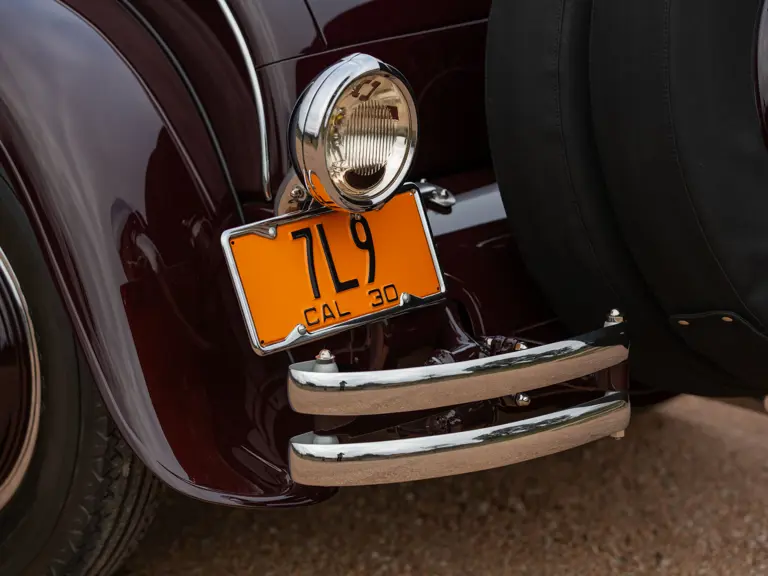
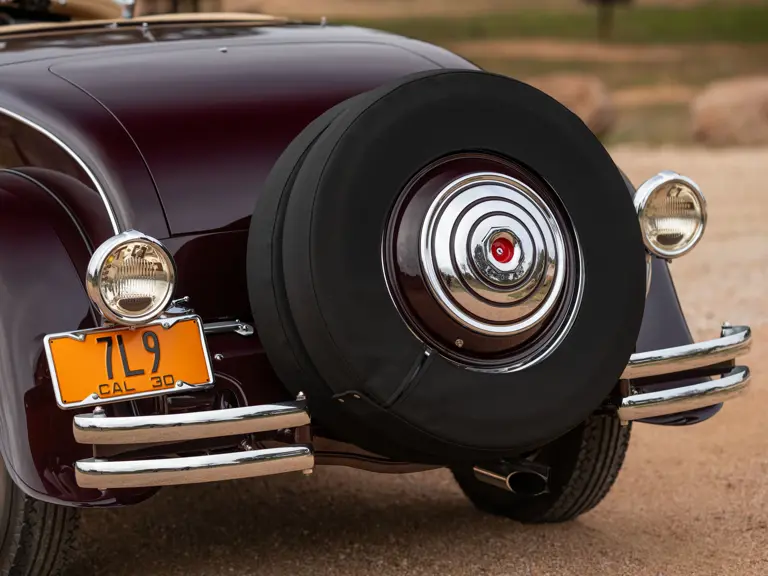
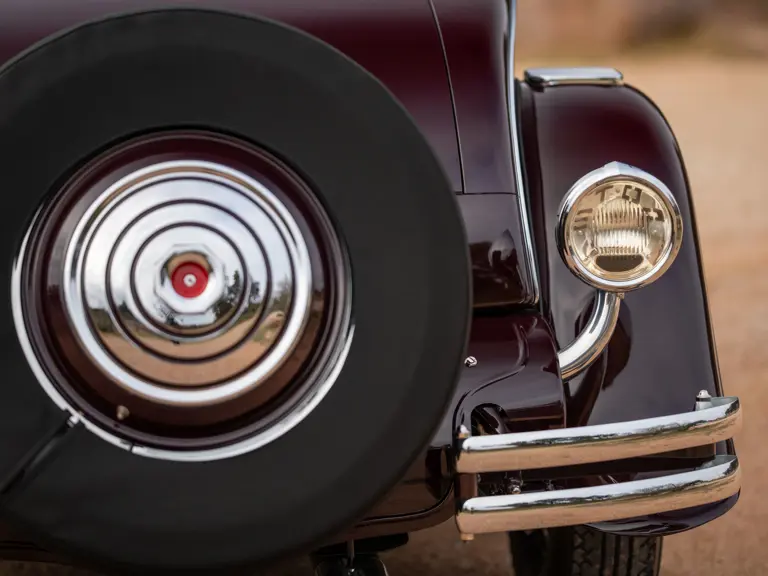
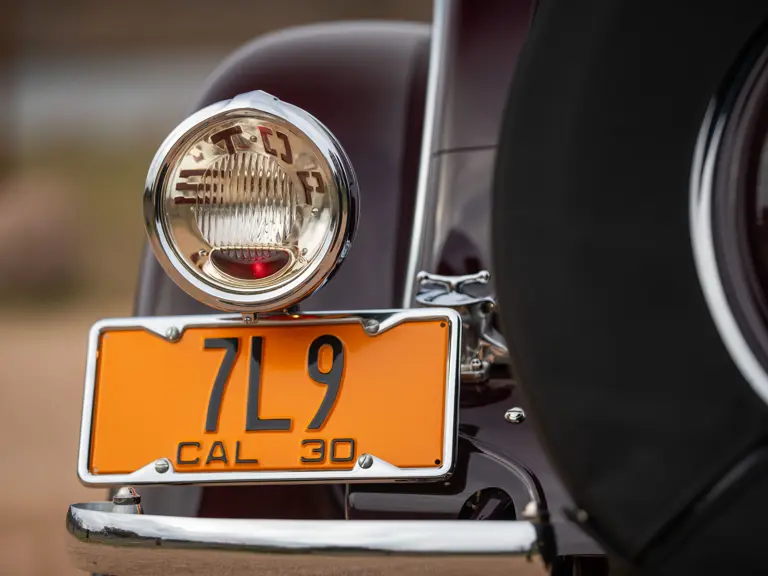

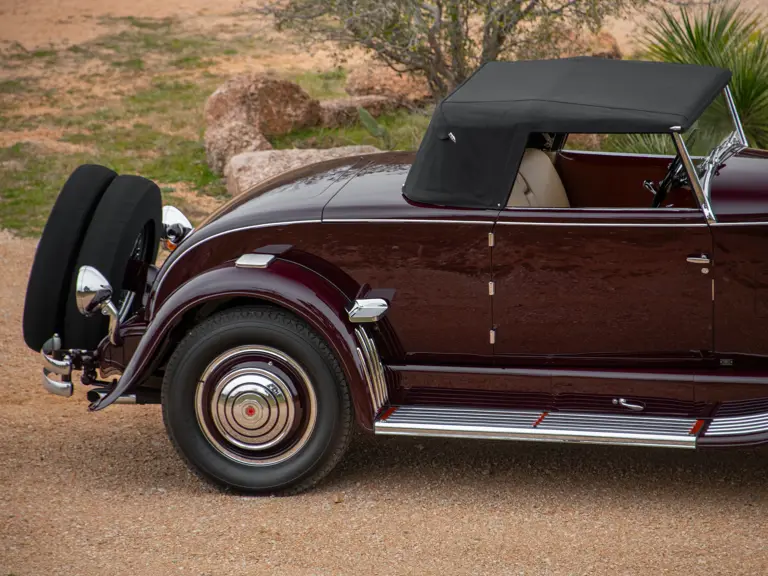
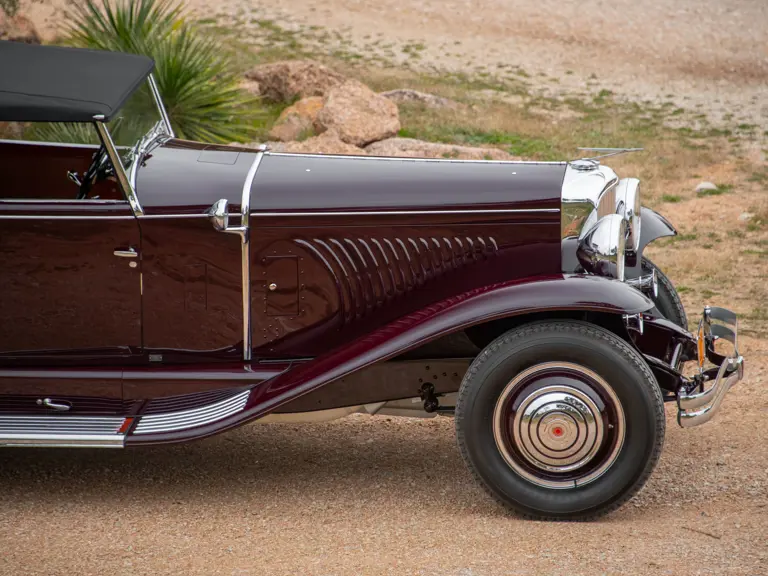
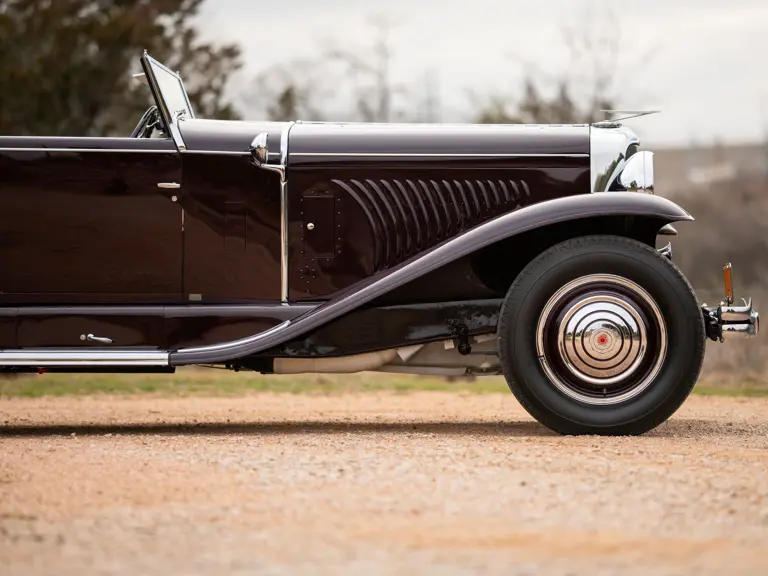

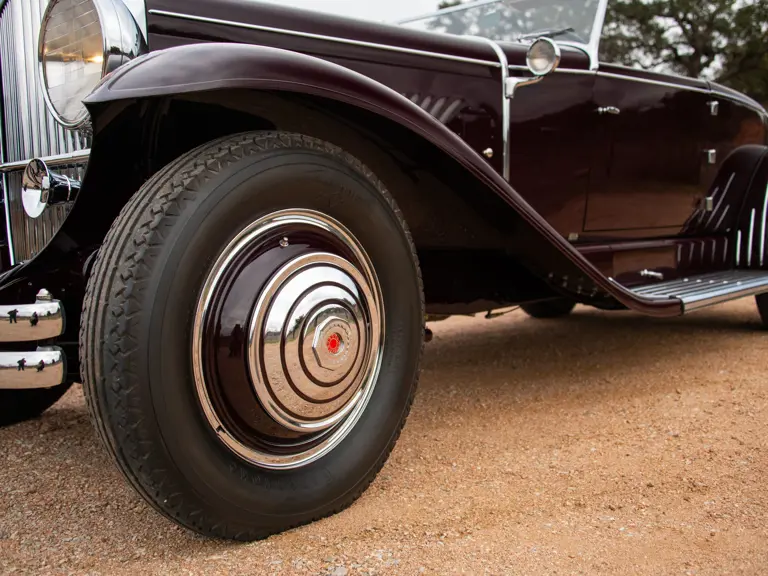
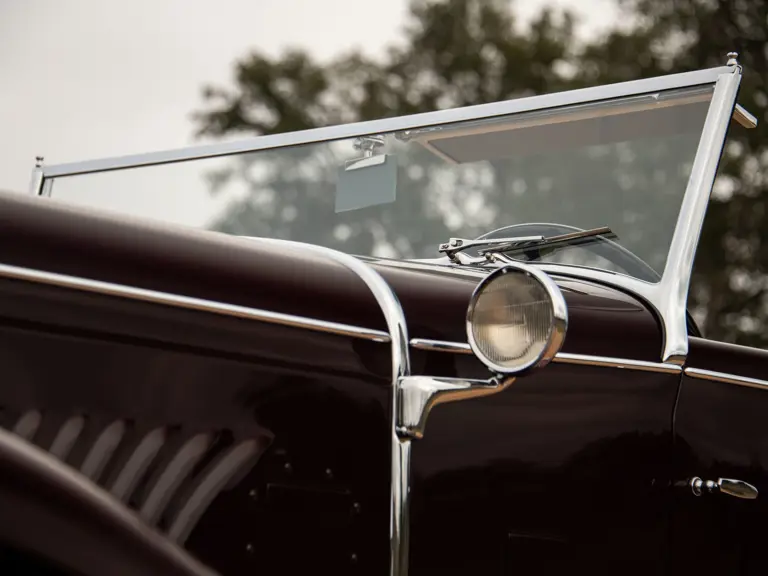
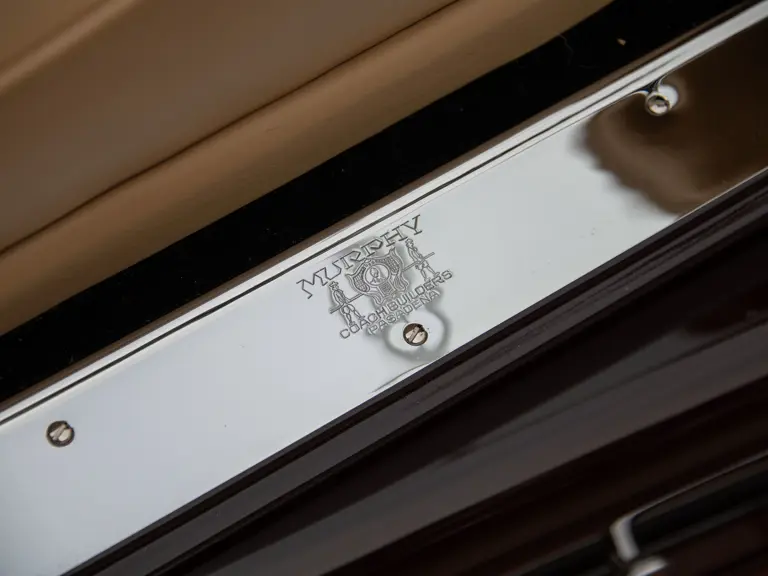
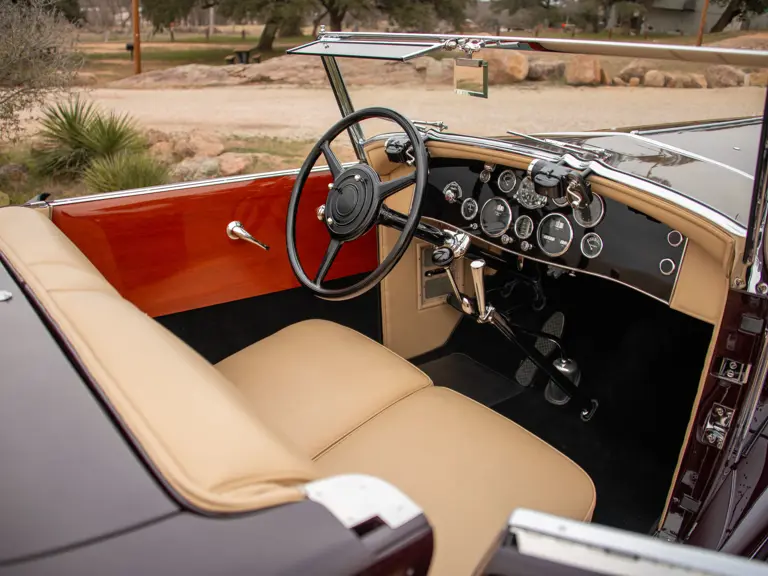
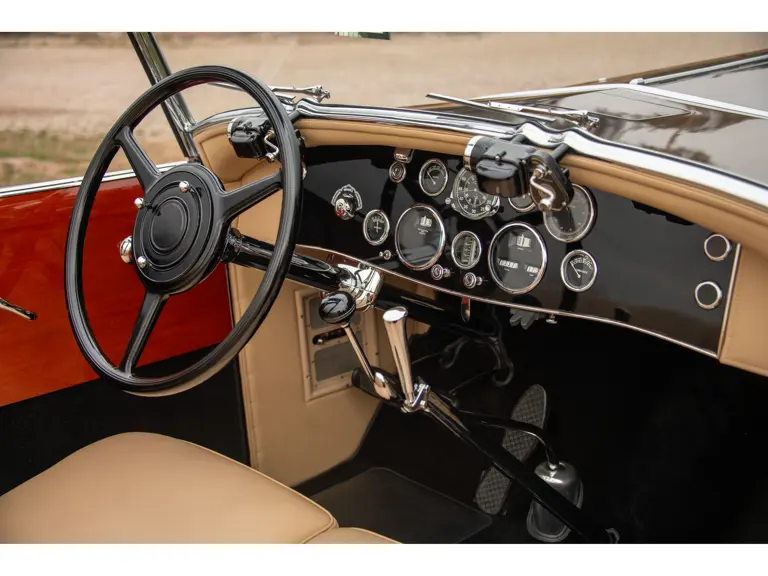
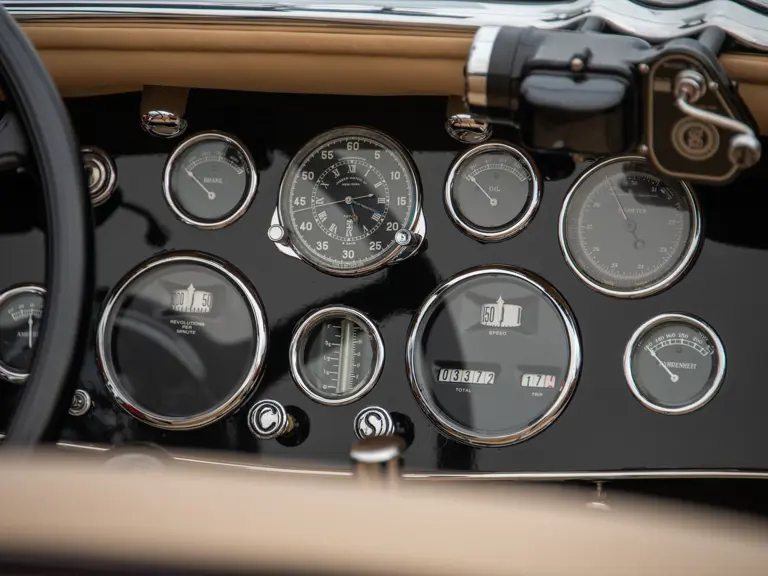
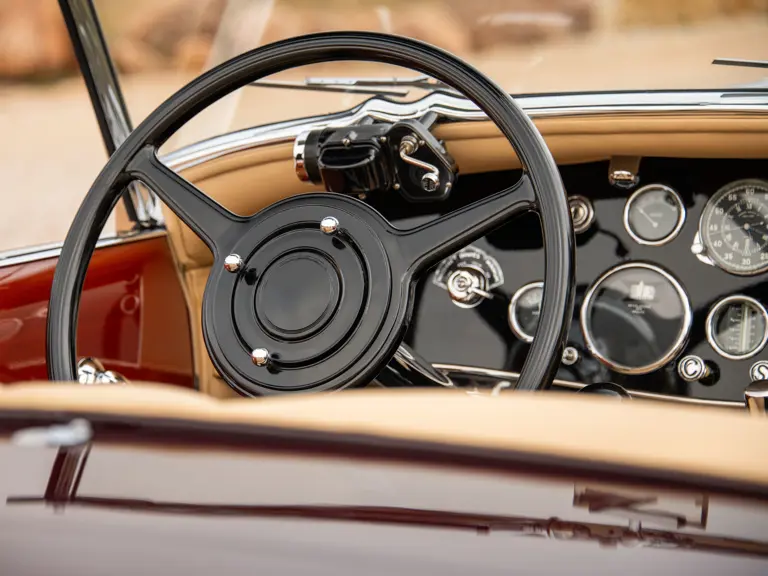

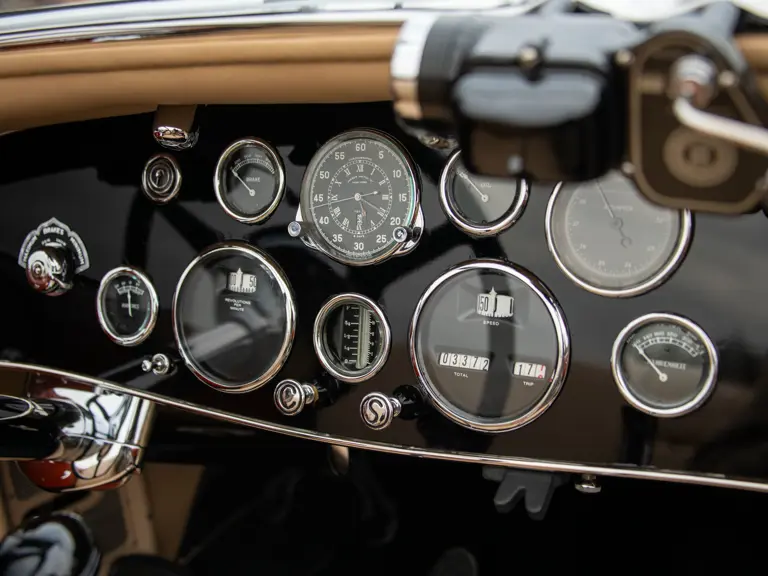
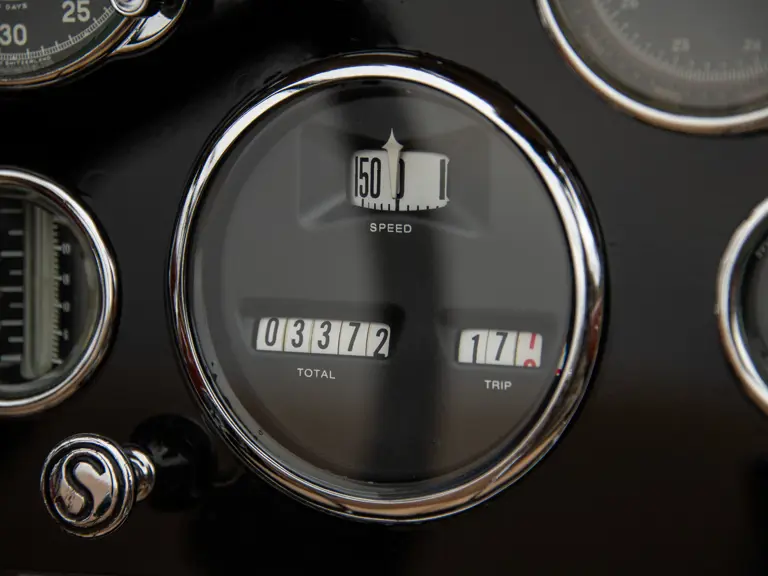
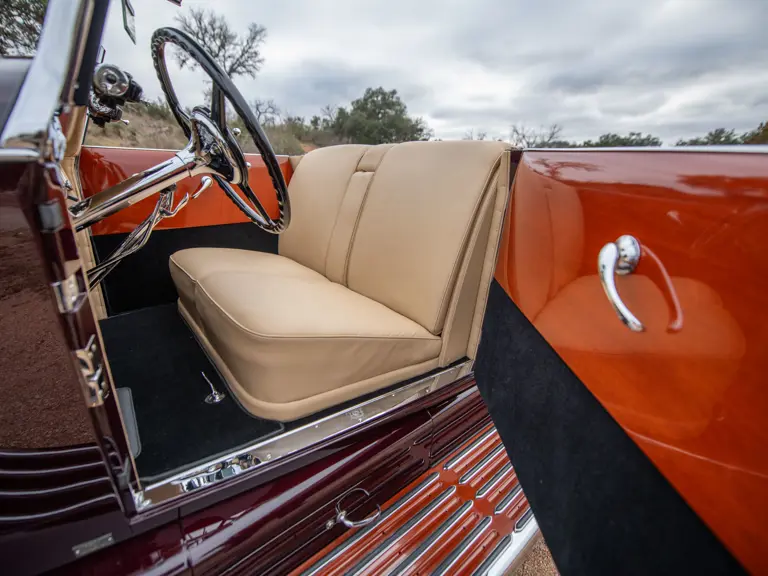
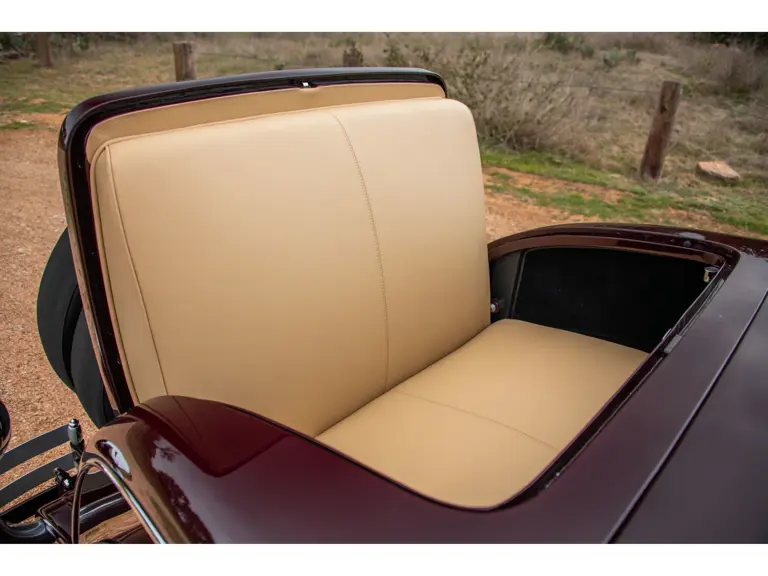
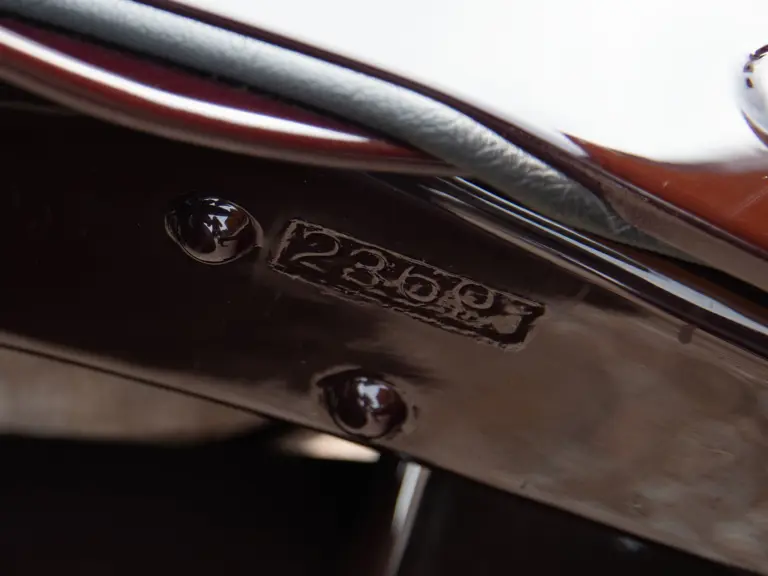

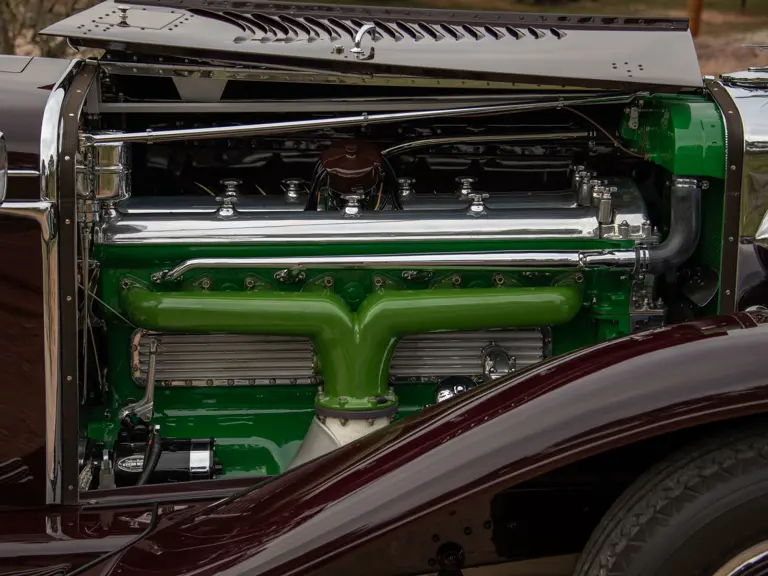
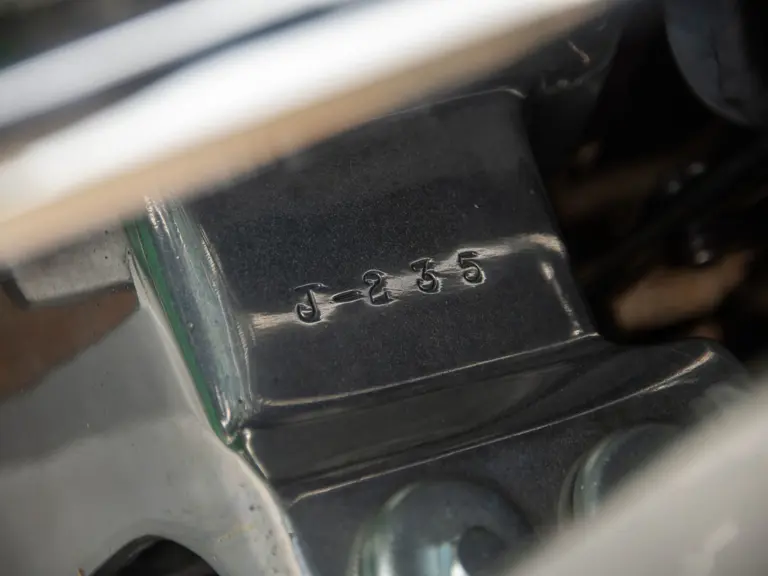
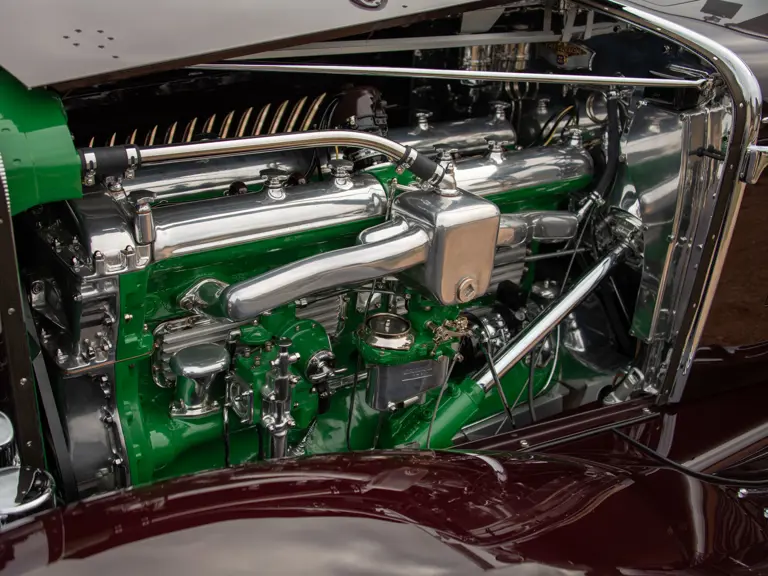
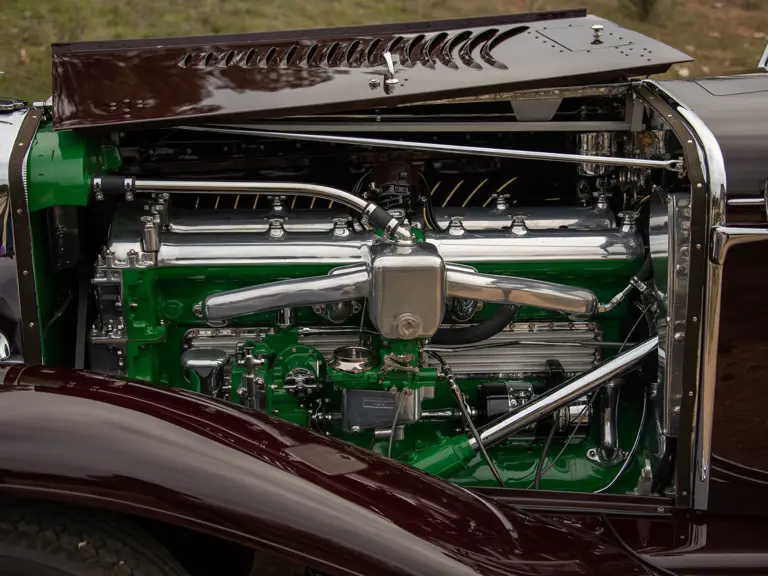
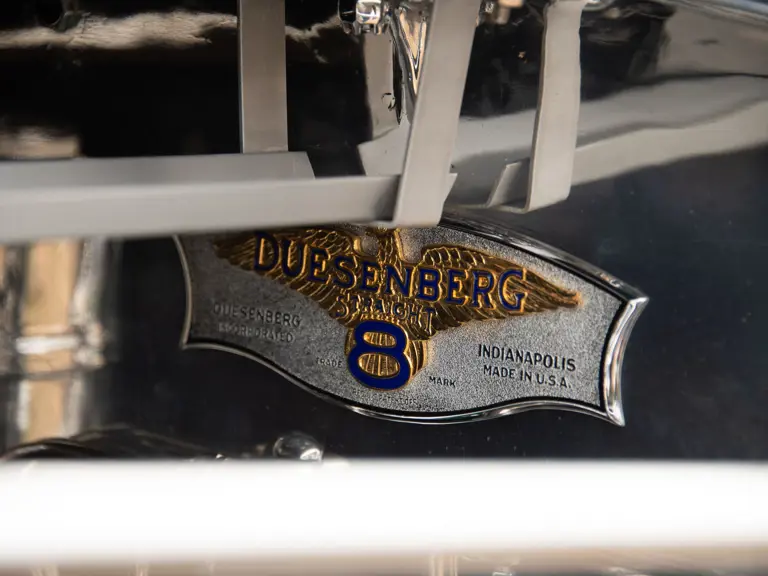

 | Coral Gables, Florida
| Coral Gables, Florida
